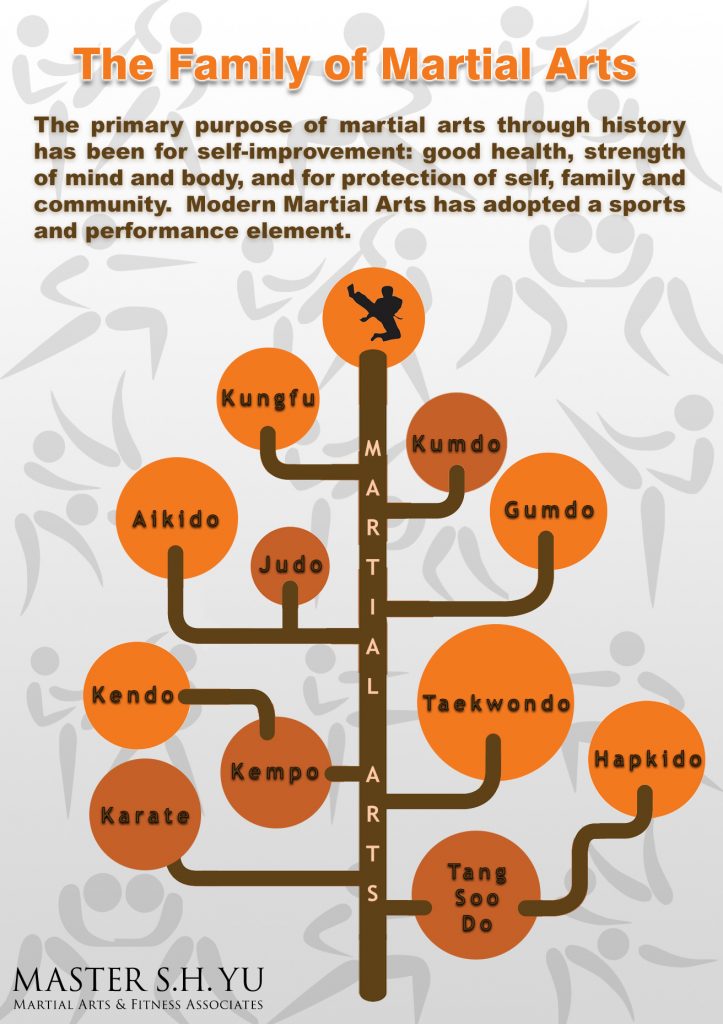Introducing The Range Of Martial Arts Disciplines: An Overview From Karate To Taekwondo
Introducing The Range Of Martial Arts Disciplines: An Overview From Karate To Taekwondo
Blog Article
Authored By-Magnussen Joseph
Are you tired of feeling bewildered by the huge globe of martial arts? With many designs to pick from, it can be simple to get shed in a sea of strikes, kicks, and mysterious names. Yet concern not!
This discussion will certainly debunk the various martial arts designs, taking you on a journey from the powerful strikes of Karate to the vibrant kicks of Taekwondo. Get ready to uncover the origins, methods, and viewpoints behind these ancient art types.
So, tighten your belt and prepare to embark on an informing expedition into the captivating globe of fighting styles.
Beginnings of Martial Arts Styles
The beginnings of fighting styles styles can be mapped back to old civilizations and their requirement for self-defense and battle strategies. Throughout background, various cultures established their own unique methods of combating, each with its own set of strategies and viewpoints.
In China, for example, fighting styles designs such as Martial art and Tai Chi were established as a way of self-defense and improving physical and mental wellness.
In Japan, the samurai warriors created styles like Karate and Judo, focusing on self-control, accuracy, and proficiency of the body.
In a similar way, in Korea, Taekwondo became a fighting style stressing high kicks, fast motions, and mental perseverance.
japanese martial art laid the structure for the diverse range of fighting styles designs that exist today, each with its own rich history and social importance.
Strategies and Training Techniques
To grasp fighting styles designs, professionals must learn various methods and training methods.
Suggested Site are the certain activities and actions utilized in combat, such as punches, kicks, throws, and obstructs. Various fighting styles designs have their very own unique collection of techniques that experts should grasp with strenuous training.
Training techniques differ depending on the design, yet they typically include a mix of physical conditioning, drills, sparring, and forms.
Physical fitness is crucial to develop strength, adaptability, and endurance. Drills aid professionals refine their techniques and enhance their speed and accuracy.
Sparring allows practitioners to exercise their strategies in a controlled, reasonable atmosphere. Types, additionally known as kata, are prearranged sequences of activities that assist professionals establish muscular tissue memory and emphasis.
Ideologies and Principles
Exploring the ideologies and concepts of fighting styles designs can provide you with a much deeper understanding of your chosen self-control. Each martial art has its very own unique philosophy and set of directing principles that form the way it's practiced.
For instance, Karate emphasizes technique, respect, and self-constraint. It instructs professionals to focus their body and minds, enabling them to defend themselves while maintaining a feeling of internal peace.
On the other hand, Taekwondo positions a solid focus on rate, dexterity, and versatility. Its principles are rooted in the tenets of courtesy, stability, determination, self-control, and resolute spirit.
Final thought
Since you've checked out the origins, techniques, and philosophies of various fighting styles designs, you have a much deeper understanding of these ancient self-controls.
Visualize a young karate pupil, experimenting undeviating resolution and emphasis, appearing boards with an effective strike.
Their journey showcases the commitment and stamina called for to understand a fighting style, advising us that with discipline and determination, anything is possible.
